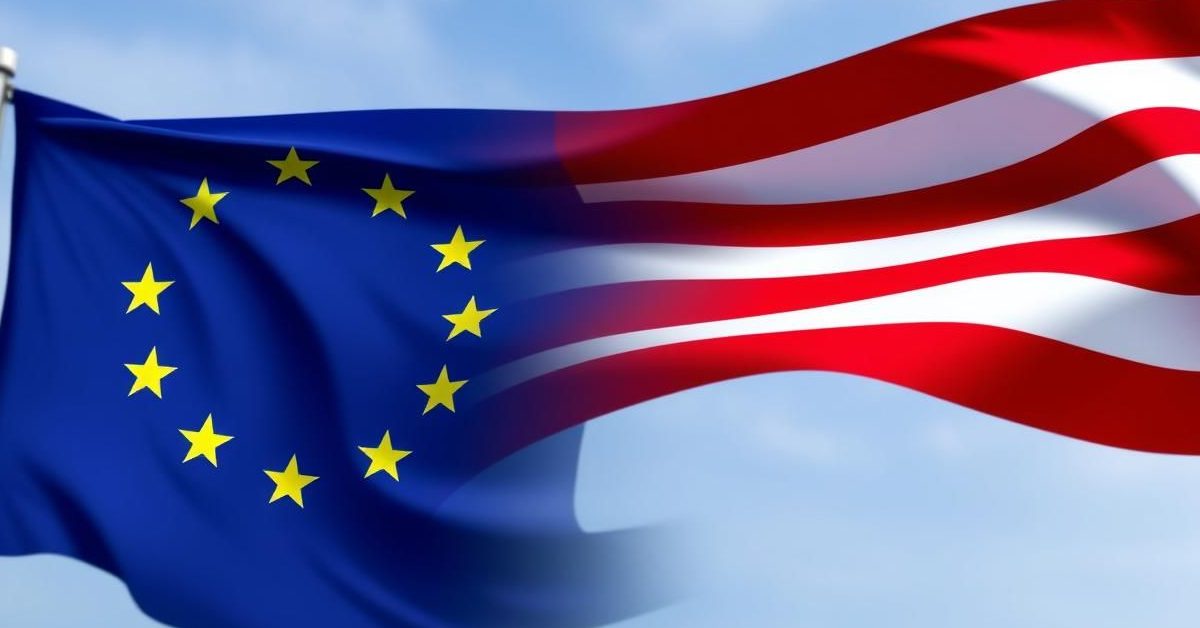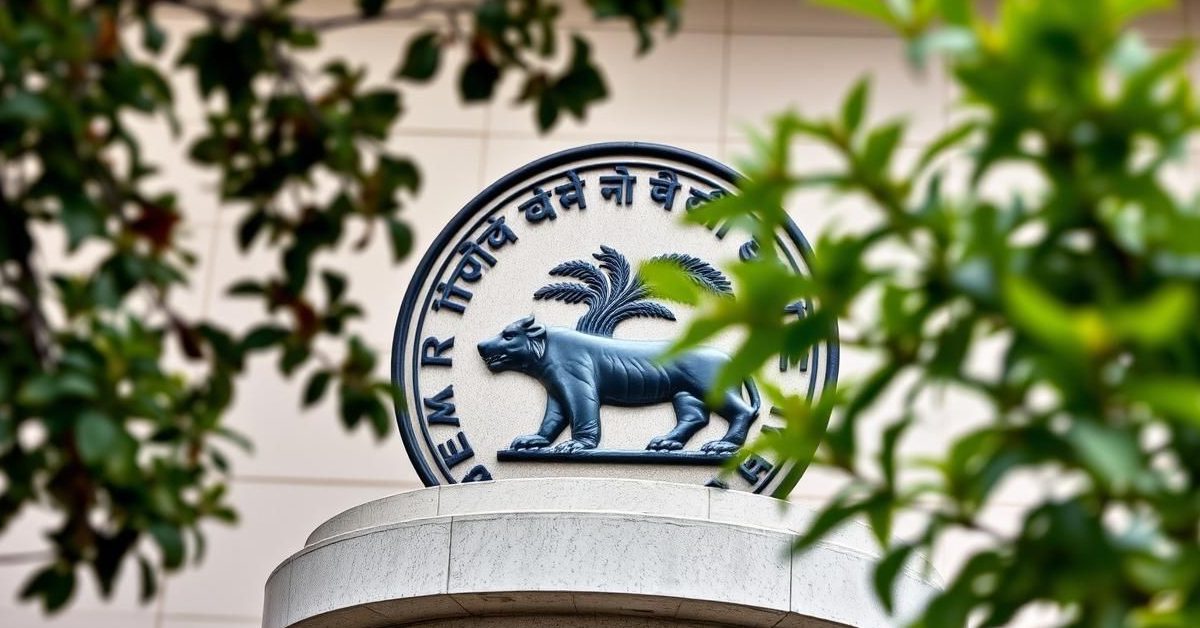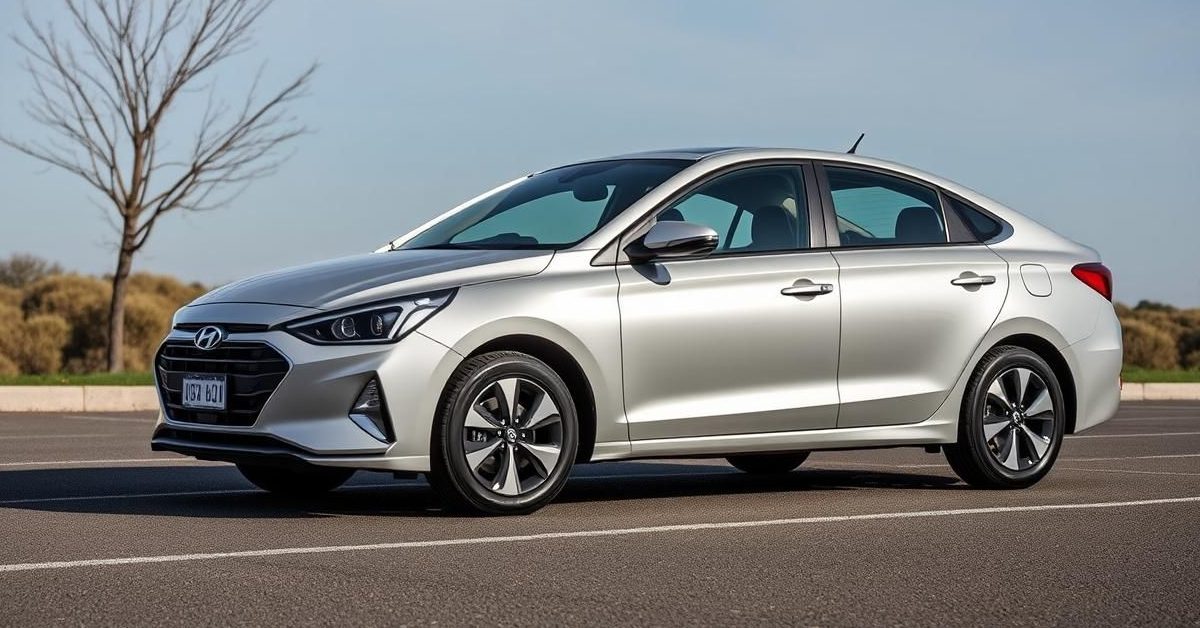A new tariff threat from former US President Donald Trump could significantly slow India’s economic growth, potentially pushing it below the 6% mark for the current fiscal year.
Trump’s Tariff Shockwave
Former US President Donald Trump has announced a surprising new tariff plan: a 25% charge on Indian goods imported into the US, set to begin on August 1. He also mentioned an additional, unspecified “penalty” related to India’s energy and defense purchases from Russia.
Trump justified these tariffs on his social media platform, Truth Social, claiming India has “the most strenuous and obnoxious non-monetary Trade Barriers of any Country.” While he initially linked it to Russia, he later stated, “I didn’t care what India does with Russia.”
The Indian government is currently evaluating the implications of Trump’s statement. They have reiterated their commitment to achieving a “fair, balanced and mutually beneficial” trade agreement with the US.
Economists Foresee a Growth Slowdown
Economists are already predicting a significant hit to India’s Gross Domestic Product (GDP) growth. Many experts believe the tariffs could subtract between 20 to 40 basis points (0.2% to 0.4%) from the current fiscal year’s growth rate.
ANZ economists, for example, suggest a 40 basis point reduction if the 25% tariff remains active throughout 2025-26. This would lower their current 6.1% GDP forecast, bringing it well below the Reserve Bank of India’s (RBI) 6.5% projection and the finance ministry’s 6.3-6.8% range.
HSBC economists estimate a direct cut of 0.3 percentage points from India’s GDP if the tariff burden is shared between Indian producers and US consumers. They also warn of indirect drags from lower capital inflows and investments if a penalty rate is applied.
India’s Economic Position
India’s economy saw strong growth of 7.4% in the final quarter of 2024-25. However, a slowdown to 6.5% was already anticipated for the first quarter of 2025-26 (April-June).
The RBI has been proactively cutting interest rates to support economic activity amidst multi-year low inflation. With retail inflation at just 2.1% in June, there’s speculation the RBI’s Monetary Policy Committee might consider further rate cuts soon, despite earlier signals of limited room.
The Impact on Trade
The US is India’s largest trading partner, accounting for roughly 18% of its goods exports. While India is more domestically focused than many other regional economies, the tariffs could still have a substantial impact.
Estimates suggest India’s exports to the US could fall by $30 billion to $33 billion if tariffs exceed 25%. In 2024, total goods trade between the two nations was $129.2 billion, with India having a goods trade surplus of $45.7 billion.
India primarily exports electronics, gems, jewelry, pharmaceutical products, machinery, textiles, and refined petroleum products to the US. These sectors could face significant challenges under the new tariff regime.
- Donald Trump’s proposed 25%+ tariff on Indian goods could reduce India’s GDP growth by 0.2% to 0.4%.
- Economists predict India’s GDP growth for the current fiscal year (2025-26) could fall below 6%.
- The US is India’s largest trade partner, and the tariffs could lead to a $30-$33 billion drop in Indian exports.
The coming months will reveal the true extent of these tariffs on India’s economic trajectory and the evolving trade relationship between the two nations.














